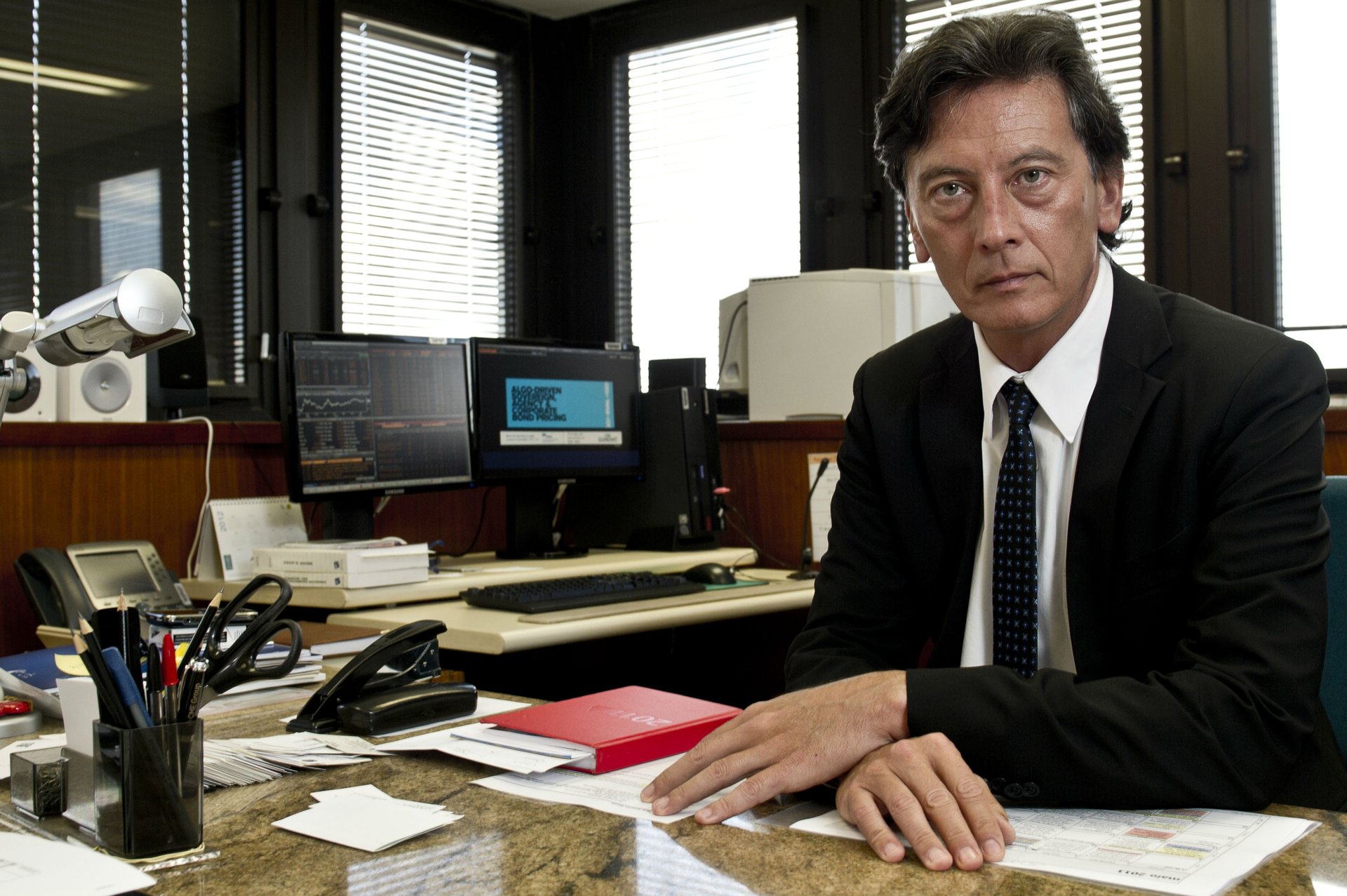Brazil’s central bank isn’t just worried about Brazil; it thinks the whole world is going down the drain
Over on our Ideas channel, former El Salvadorean finance minister Manuel Hinds argues that the Brazilian central bank’s decision this evening to trim its benchmark lending rate to its lowest level ever is a misguided attempt to correct the country’s sharp economic slowdown. However, it’s not only Brazil’s economy that has the bank worried.

Over on our Ideas channel, former El Salvadorean finance minister Manuel Hinds argues that the Brazilian central bank’s decision this evening to trim its benchmark lending rate to its lowest level ever is a misguided attempt to correct the country’s sharp economic slowdown. However, it’s not only Brazil’s economy that has the bank worried.
Markets had initially expected the bank to hold the so-called Selic rate at 7.5%—having already slashed it nine straight times before tonight. But that changed last week. Luiz Pereira, director of international affairs at the bank, in gloomy remarks to Sao Paulo’s BM&F stock exchange, argued that downturns in the US, EU and China would require a long and damaging deleveraging, far beyond what current measures called for—dragging out into what he warned could become a “post-bubble Japanese outcome” of extended stagnation.
In doing so, Pereira was taking the opposite position from the US Federal Reserve, which blames lingering unemployment (in the US at least) on weak demand for goods and services rather than on deeper structural problems. Tony Volpon, head of emerging market research for the Americas at Nomura Securities, noted this fact in an Oct. 5 note to investors. He concluded: “This, in our opinion, represents the most pessimistic evaluation of the current global situation by any major central bank.”
Brazilian policymakers have been at odds with the Fed for a while. US and EU easing policies, which have pumped money into the world’s financial systems, have had the effect of devaluing those regions’ currencies. That makes it harder for export-reliant emerging economies like Brazil’s to compete. Brazilian president Dilma Rousseff has dubbed this a “monetary tsunami.” Finance minister Guido Mantega last month accused rich-world central banks of launching a new “currency war.”
The difference is that in theory, at least, Pereira is a central banker, not a politician, and what he says is based on an analysis of the global economy rather than on a desire to appeal to voters. And his argument—again, assuming no political motive—is not that monetary easing by rich countries is hurting Brazil, but that it will not get those countries out of their hole (which, in turn, would be bad for Brazil too, since it is tied to the world economy.)
In any case, though, the Selic rate is unlikely to go much lower for a while. The bank’s board was split 5-3 on the decision, and its policy statement signaled that it was worried about exacerbating inflation, which has inched up despite the dramatic plunge in economic growth (from 7.5% in 2010 to 0.49% in the second quarter of this year). If things continue as they are, it will be interesting to see what policies Rousseff—who has already sought to slow the downturn with billions of reais (a dollar is about two reais) in infrastructure spending and tax breaks—will come up with.